The Hub loves highlighting our innovative member organizations. We recently had a great conversation with Shelley Cohen, Director of Clean Technology Business Development and Lushaé Cook, Senior Account Executive at Ameresco.


Why is building performance important to Ameresco?
Lushaé Cook: We’ve hit 22 years as an organization focused primarily on how we impact the overall performance of buildings and make them healthier and more efficient. We look at it from a number of different angles. One, how do we help reduce operational costs? Whether that’s energy spend, operating costs, and other associated costs with running and maintaining a building. Two, how can we help reduce demand and energy usage of the building while improving health and resiliency, thereby creating opportunities to greatly impact environmental benefits? Building performance is key to our business, it’s the core of our business.
Shelley Cohen: At the local level, we are seeing communities across the nation make commitments to mitigate climate impacts. Communities like Washington, D.C., have made serious advances by enacting legislation to tackle the biggest emitters. Now, D.C. has Building Energy Performance Standards (BEPS) to focus on reducing emissions from the building sector, which accounts for over 40% of local emissions. Over the past 22 years, Ameresco has implemented $10 billion in energy solutions. We know from experience that these solutions work, especially in reducing energy demand and costs in buildings. Ameresco’s solutions ensure facility retrofits enable buildings to perform at their optimal levels.
As we see increased demand for these higher performing buildings, what are the challenges and opportunities for the building industry?
Cohen: Financing is one of the biggest challenges we are seeing. There is this misconception that upgrades are cost prohibitive. For many building owners, they are reluctant to make investments in efficiency, especially when buildings are functional. Our experience is that high performing, efficient buildings actually save building owners more money than the cost of the initial retrofits. There are many pathways to finance building upgrades often requiring no upfront capital from the building owner including – conventional energy savings performance contracts (ESPC), and Property Assessed Clean Energy programs (PACE), which we have here in the District. Additionally, there are funds available from the federal government for infrastructure upgrades that can be leveraged to lower overall project costs. Building owners open to exploring these opportunities will likely see greater benefits than costs.
Cook: It seems there is a lack of education around not only the efficient operation of buildings, but how to proactively address the maintenance and other issues within the buildings. If you can tie education with financing power, it creates a significant opportunity for building owners to advance on opportunities to address the overall performance of their buildings.
How are people reacting to the District’s BEPS?
Cohen: It is not surprising that there are concerns as time is ticking away and there are several BEPS milestones looming on the horizon. Luckily, there are an abundance of resources available to building owners to help alleviate their fears. Building owners should take this time to work with the Building Innovation Hub, D.C. Department of Energy & Environment (DOEE), or a third party to examine different technology solutions and determine measures that will bring the greatest benefits to their building. The end result of BEPS is that the building will have more modern, efficient systems, translating to a healthier, more comfortable environment for people to live and work. Buildings that offer quality surroundings have higher occupancy, and occupant satisfaction. Ameresco takes the guess work out of the District’s BEPS program requirements and helps building owners plan for and comply with BEPS – now and in the future.
Cook: The collaboration with Building Innovation Hub also affords Ameresco an opportunity to better understand issues and challenges that maybe aren’t on our radar. That’s a valuable piece to the partnership, especially as you brought up your attendance at the Better Buildings event and what you’re hearing from building owners. We are also hearing certain concerns regarding BEPS on our end. A lot of building owners are shaking in their boots because the timing on BEPS is ticking away pretty quickly. Whatever opportunities we have to collaborate with Building Innovation Hub to expand and educate is ultimately going to benefit everyone.
How is Ameresco looking to address workforce development challenges and take advantage of some opportunities around that?
Cook: We often say we don’t roll trucks at Ameresco. We don’t maintain in-house staff that completes implementation or construction on our projects. That affords us an opportunity to be strategic about aligning with small and local partners to serve as subcontractors on our projects. Partnering with Ameresco allows some of these smaller partners the opportunity to access projects they oftentimes would not be capable of implementing on their own. In D.C. specifically, we maintain a large network of local partners. For example, when Shelley had her own solar company, we worked with her as a small woman-owned business. Additionally, we are intentional about finding opportunities to align with educational organizations like colleges and vocational schools, and supporting returning citizens programs. As we all know, the energy sector is the largest growing space for job opportunity. Ameresco is committed to ensuring that we play a role in developing a workforce to support this growth.
Cohen: It is part of Ameresco’s mission to create value and provide energy efficient and renewable solutions in the diverse communities in which we operate. Part of the way we do that is to work collaboratively with local governments and educational institutions to offer internship opportunities for interested individuals to see what it looks like to be a part of an Energy Service Company (ESCO) business. We are committed to increasing the diversity of our workforce and implementing practices that support each employee throughout their career with Ameresco. We want to let people know a company like Ameresco is an exceptional career path if you are interested in the overall energy space and making an impact on reducing carbon emissions.
What are you most excited about accomplishing in partnership with Building Innovation Hub?
Cook: Building Innovation Hub has a strong reputation with building owners across the District, and the region overall, as a resource to provide useful information and align building owners with partners like Ameresco. Pointing back to my earlier comments regarding Shelley’s point about the financing piece—providing the education is the significant value Building Innovation Hub brings to someone like Ameresco. We’re able to leverage our years of experience and innovation in this space, especially in a time of BEPS and COVID-19, to bring comprehensive solutions which help building owners really move the needle in a positive direction where building performance is concerned. Working with Building Innovation Hub is going to allow us to provide a larger number of customers, more than we can reach on our own, with the information they need to be proactive and successful when managing their buildings.
Cohen: Ameresco is excited to work with the Building Innovation Hub to reach as many local building owners as possible to help them understand BEPS requirements and what, specifically, they need to do to become BEPS compliant. Several building owners mistakenly think that they can roll BEPS penalties into their operating costs. But the penalties for noncompliance are steep and will be enforced. Ameresco’s BEPS practice, staffed with a team of local experts, provides turnkey BEPS solutions to help building owners understand the various BEPS pathways, identify appropriate solutions for the building, and avoid penalty fees. Hopefully, as building owners become more aware of BEPS through the Building Innovation Hub, they will look to partner with a solutions provider like Ameresco to make the changes necessary to their facilities to ensure compliance.



